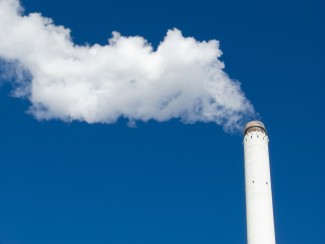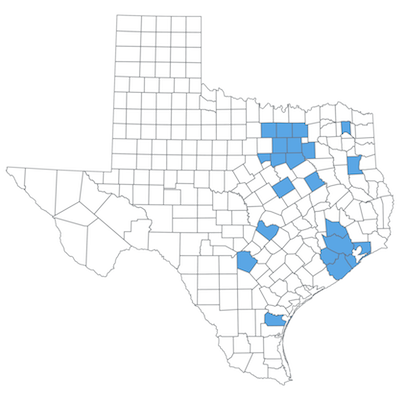Energy efficiency is a proven, low-cost way to reduce pollutants, and it can significantly help 32 states comply with US air quality regulations, according to our new report, Mission Attainment: Incorporating Pollution Reductions from Energy Efficiency in State Implementation Plans.
Despite its value, many states are not taking credit for using energy efficiency to meet federal standards. The US Environmental Protection Agency’s (EPA’s) National Ambient Air Quality Standards (NAAQS) set limits on six criteria pollutants that are harmful to public health and welfare. States are required to develop state implementation plans (SIPs) to maintain or achieve these standards. While state air regulators can rely on energy efficiency to meet specific pollutant reductions required under NAAQS, many states are missing out on this opportunity.
To understand why more states are not taking credit for what they are already doing, we conducted a survey of state air regulators. Responses varied, but a key barrier involved the complex nature of the electric grid and the movement of pollutants through the atmosphere. The air quality benefits of reducing pollution extend throughout the country, but the exact location of air quality improvements depends on many complex factors.
Modeling can be used to overcome this locational uncertainty. Using AVERT, an emissions quantification tool developed by EPA, we found that savings from energy efficiency can reduce pollution in 32 states with modeled federal air quality obligations. Looking further at Illinois, Missouri, Ohio, Pennsylvania, and Texas, pollutant reductions from energy efficiency savings showed up in areas that are currently or anticipated to be in nonattainment for three key pollutants: sulfur dioxide, ozone, and particulate matter (PM).
For example, in Texas our energy efficiency scenario resulted in multipollutant reductions in 14 geographic areas throughout the state. Texas could incorporate these reductions in its SIPs to help comply with NAAQS for three key pollutants and help with obligations under EPA’s Ozone and PM Advance Program.
Location of multipollutant reductions from energy efficiency scenario in Texas
While all states have energy efficiency programs and policies in place, their experiences with incorporating energy efficiency in SIPs have been limited, with costly consequences. Ignoring the multipollutant reduction benefits from energy efficiency means states must invest in potentially unnecessary control measures for reducing pollution.
Based on our survey of states and analysis of opportunities, we recommend several actions to further the role of energy efficiency as an air quality strategy for states. To help states evaluate the impact energy efficiency measures can have on SIP compliance, we suggest developing a tool or decision-making framework for making this assessment prior to investing the resources required for atmospheric modeling. In addition, states could benefit from a streamlined, EPA-acceptable approach for measuring and documenting outcomes of efficiency programs for inclusion in a SIP. We also suggest providing ongoing in-depth technical support. Although the value of energy efficiency as an air quality planning strategy is clear, further work is needed to incorporate energy efficiency into SIPs for NAAQS.
Join our webinar tomorrow at 1:00 p.m. ET to hear more insights on our report and learn about tools and other opportunities available for states to help meet air quality regulations.






